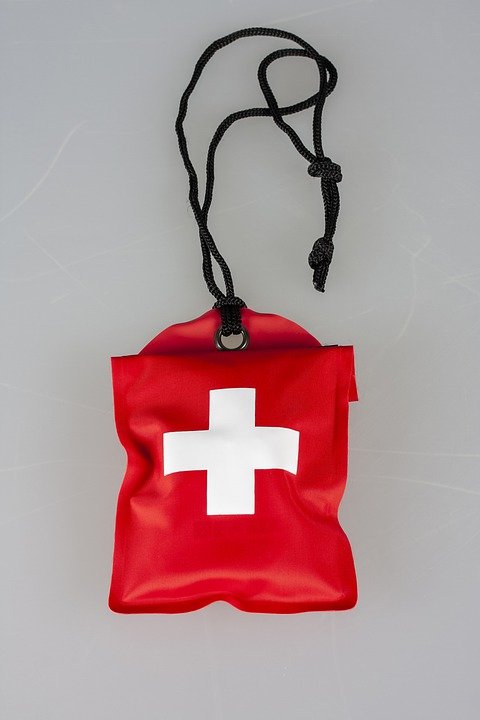While the COVID-19 pandemic has claimed more than 2 million lives so far, WHO reports that burn emergencies are another global health problem, as they account for an estimated 190,000 deaths annually.
A burn injury occurs when skin tissue gets damaged by coming into contact with corrosive chemicals, flames, sunburn, electrical or radiation burns, and scalding from extremely hot water.
Whether you’re avoiding hospitals and clinics that are already overrun to protect against complications of contracting the coronavirus or the burn emergency at your workplace or home needs immediate attention, training your brain to adapt to high-pressure situations may help you ease someone’s pain or potentially save a life.
Determining Burns
| Major | Minor |
| Deep | Surface |
| Larger than 3 inches, covering hands, face, groin, or major joints | Less than 3 inches in diameter |
| Dry, leathery skin | Skin blistering |
| Charred in appearance; black, white, or brown patches | Redness |
First Aid Tips
There are three P’s to help think clearly in the midst of an emergency: Preserve a life, Prevent the injured from deteriorating, and Promote the patient’s recovery.
- Ensure that the burned person is now safe and away from the source of the burn to avoid further harm.
- Remove all constrictive or smouldering items from the body, but avoid removing anything that might be stuck to the skin.
- If they have difficulty in breathing, try to give them CPR to rescue their breathing. If you haven’t already trained yourself for it, enroll yourself in a prestigious first aid training
- Cool the burn with running cool water to stop the burning process. Red Cross first aid courses warn not to use ice or freezing water as it can further damage the skin or make the patient shiver due to hypothermia.
- Administer non-adhesive, sterile gauge bandages and wrap the wound loosely after applying over-the-counter pain-relievers.
- Professional experts suggest refraining from using any home remedies, such as butter or ice, as they can make the burn injury worse.
- Seek medical help immediately if the burn is big, or the victim is a child or an elderly. In the meanwhile, use your experience and first aid knowledge to take swift action calmly and rationally until help arrives.
First aid courses teach you how much pressure to apply on burnt tissue, watch for signs and symptoms of shock, take steps to take if the victim faints, clean the affected area gently, and apply soothing lotions to keep blisters from drying out.
If you’re looking for standard or emergency first aid training or workplace safety courses in Surrey, Vancouver, Burnaby, Richmond, Coquitlam, or nearby areas, get in touch with Metro Safety Training to book a session. Call us at 604-521-4227 to learn more.








